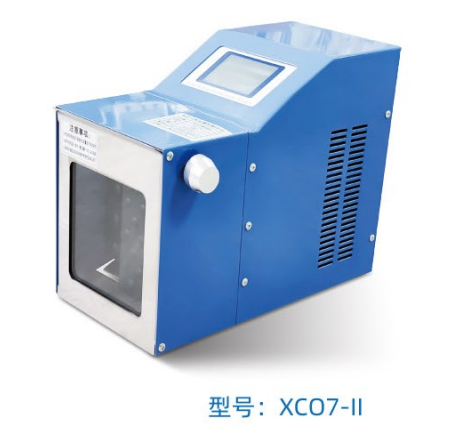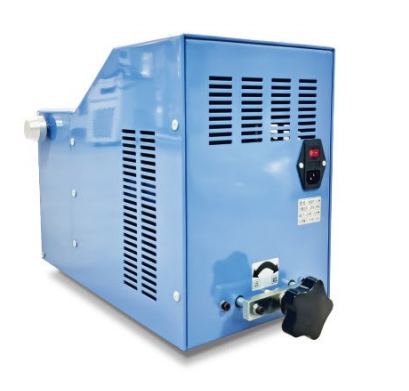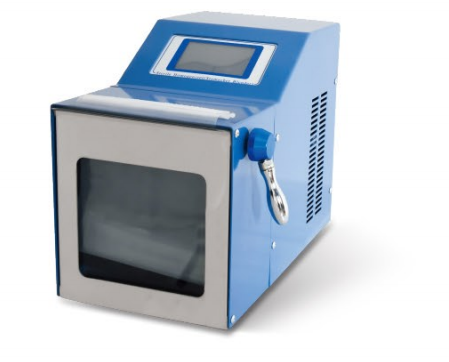homogeniser price
Homogeniser price considerations reflect the sophisticated engineering and precision manufacturing required in modern processing equipment. These essential devices, available across various price points from $5,000 to $50,000, serve crucial roles in multiple industries, from food processing to pharmaceutical manufacturing. The price spectrum typically correlates with processing capacity, ranging from laboratory-scale units to industrial-grade systems capable of handling thousands of liters per hour. Key factors influencing homogeniser pricing include pressure capacity, ranging from 100 to 2000 bar, throughput volume, construction materials, and automation features. Entry-level homogenisers, suitable for small-scale operations, generally feature basic pressure control systems and manual operation modes. Mid-range models incorporate digital controls, automated cleaning systems, and enhanced pressure stability mechanisms. Premium models offer advanced features like remote monitoring capabilities, integrated cleaning systems, and sophisticated pressure control algorithms. When evaluating homogeniser prices, considerations should include maintenance costs, energy efficiency ratings, and warranty coverage. The total cost of ownership extends beyond the initial purchase price to encompass operational expenses, spare parts availability, and technical support services.


